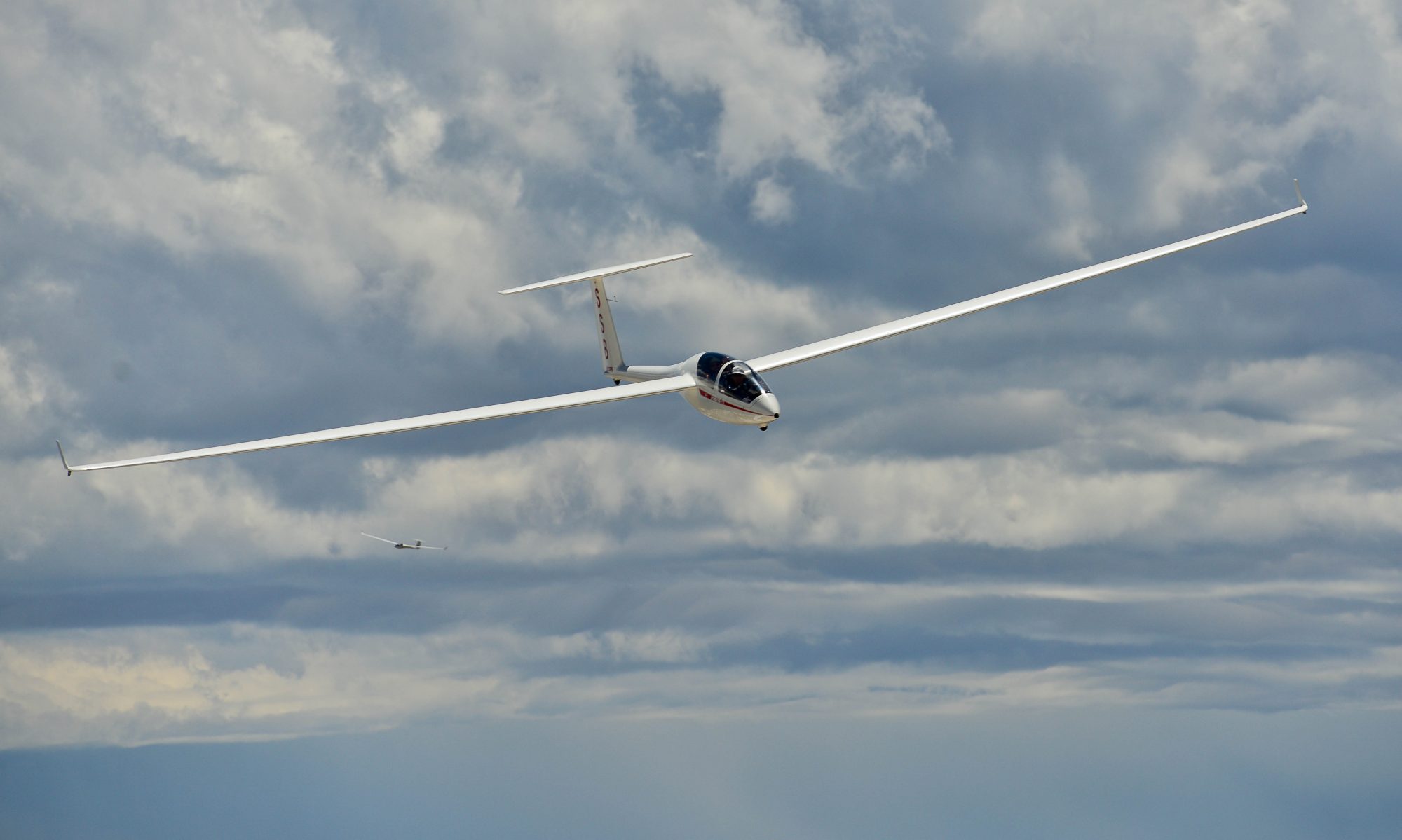Landout Field Selection
Excellent training video (tailored to the UK but also helpful elsewhere) illustrating key aspects of selecting suitable landing fields:
- Assess field size using the scale of familiar features such as farm houses and other buildings;
- Identify approach obstacles and their impact on the effective size of the field (e.g. an approach over trees reduces the usable length of the field by 8x the height of the obstacle de to the glide slope of the glider with airbrakes extended)
- Identify wind direction and strength on the ground and based on indicators such as smoke; if identifying wind from cloud shadows or thermal drift assume that wind on the ground will be 30-40 degrees backwards (northern hemisphere)
- Identifying slope – must do so from the side to make slope visible; darker colors in a field or nearby streams may indicate lower areas. Land uphill even with moderate tailwind; uphill landings require more airspeed and the flare/round-out needs to start earlier
- Assess the surface of a field based on crops (brown dirt should be visible between the crops), time of year, tractor wheelings / irrigation equipment (land parallel to wheelings, not across)
- Identify fences based on subtle color differences between fields, drinking troughs, and small access driveways into the field that tend to be at a corner
- Avoid farm animals, especially avoid spooking of horses which can bolt, injure themselves and are very expensive; avoid cattle for they are extremely curious and you must guard the glider otherwise they will destroy it
- Recognize power lines and other wires based on vegetation changes around poles; always assume a road has wire lines running along
- Consider the seasons / time of year: what’s growing, how high it will be; how to recognize if a field has been harvested. Always land along the line of tractor tracks.
Glider Landout videos on YouTube
Arnulf Koch published this comprehensive playlist of glider landout videos on YouTube:
Plus, for those who speak German, here’s Arnulf’s narrated review. Brilliant!
Landing in Tall Grass (or other vegetation)
Short video of six gliders landing in tall grass. that illustrates the land-out technique in tall vegetation. Key points: (1) land with low energy, i.e. as slowly as possible, the glider stalls and the tail touches the ground first. (2) keep the wings level to avoid a ground loop as much as possible.
Landing in tall crops (note: the field looks like it’s plowed until the last second!)
Putting the glider into a small paddock in a narrow valley surrounded by mountains. It takes both skill and luck to get away with it unharmed. (It’s much better to avoid getting into such a predicament in the first place.)

